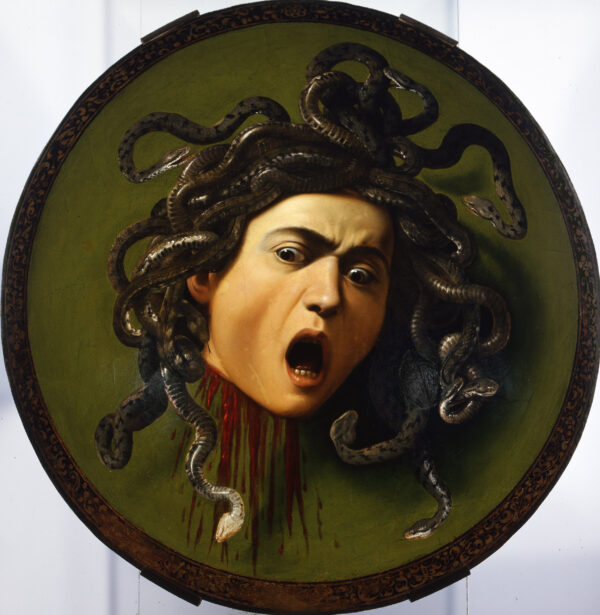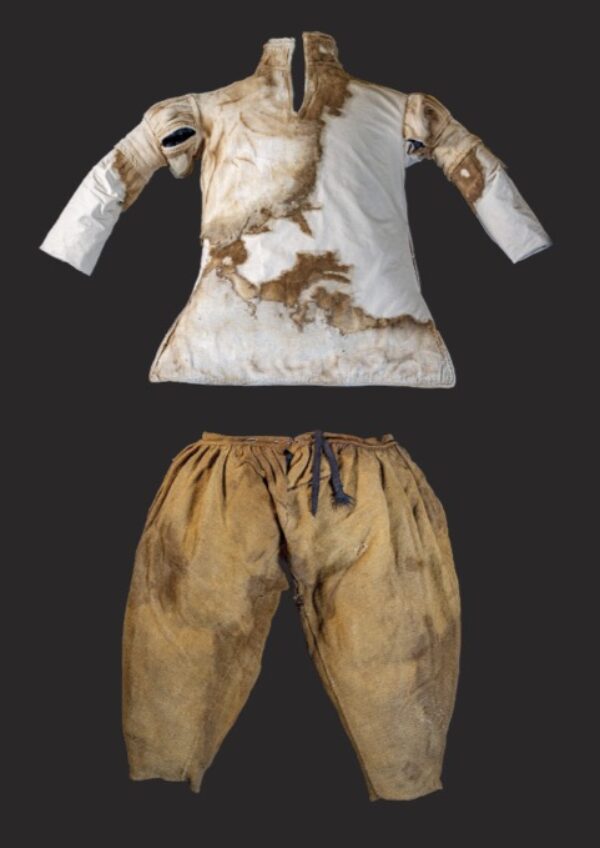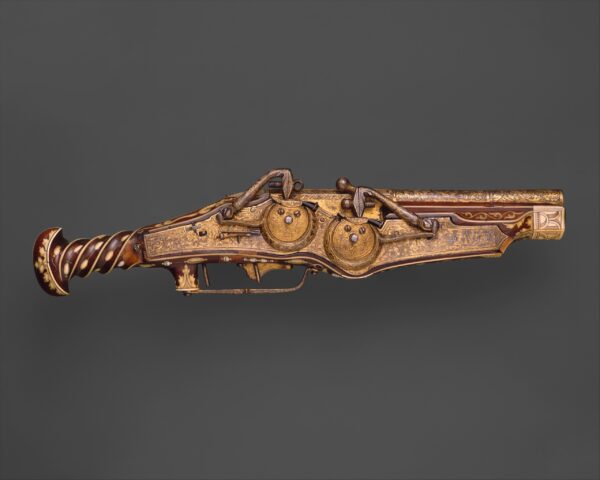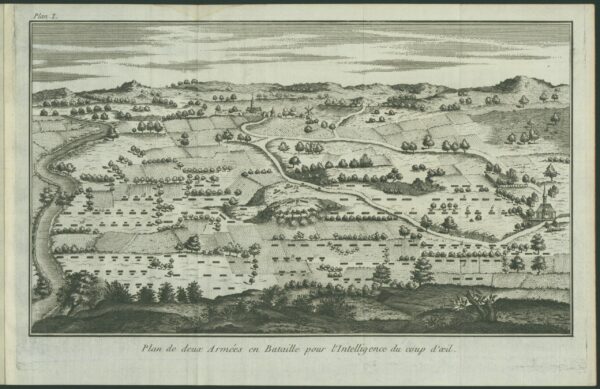In early modernity, war and violence were everywhere. Driven by power politics and colonial expansion, gunpowder warfare ravaged battlefields with unprecedented brutality. Within Europe’s cities, religious reform and economic hardship ushered in a new sense of civil identity challenged by “modern” measures of discipline. Disavowed by the “fine” arts today, violence in the early modern period in fact closely aligned with artistic and aesthetic concerns. Military equipment – arms, armor, and architecture – was designed for functionality, and yet it also operated through the senses and exalted the use of force. Moreover, according to contemporary artistic discourses, every artwork conveyed visual violence given that its design needed to be coerced into resilient matter, echoed the artist’s rampant creativity, and potentially “infected” audiences. This Special Option picks up on art’s much-neglected belligerence and retraces the intertwined histories of artistic and military cultures between the 16th and the 18th centuries in Europe and beyond. We consider a broad spectrum of artworks ranging from Michelangelo’s jarring studies for fortresses, to Urs Graf’s exploitative drawings of sex workers, and Theodor de Bry’s gory depictions of colonial contact, and juxtapose them with more quotidian materials, such as weaponry, uniforms, and paperwork. We look to map out the material and visual cultures of soldiers as much as victims, and more generally gauge the manifestations and experiences of violence through art. How was combat gear worn, handled, and presented, and how did it fortify the user or deter the enemy? Which media informed contemporary military practice, and how did they promote strategic, tactical, or operative viewing habits? In what contexts did artworks sustain symbolic and structural, disciplinary and colonial, gendered and racist power structures? Which compositional and stylistic idioms served to picture armed conflict or to express injury and trauma? Why did artists frame their work in terms of violence – violenza, furore, and terribilità – and why did they often try to entertain a criminal reputation?
Contextualizing art and aesthetics within military culture, this course offers new insights into early modern art and society, while cultivating a mindfulness of violence’s material and visual impact that is as urgent today as ever. Classes are complemented by museum visits in London and beyond, including both art and more cultural historical institutions, such as the V&A, the Wellcome Collection and the Leeds Armouries. Students engage with a broad range of interdisciplinary discourses, from the fields of material culture, anthropology, gender and disability studies to current research in military psychology as well as collective trauma and memory. We also hope to shed light on the ethical stakes of museums today, the restitution of objects looted through violence, and their potential role in fostering justice and empathy.
Course Leader: Dr Felix Jäger
In the event that a course leader is on sabbatical, takes up a fellowship, or otherwise is not able to teach the course, they will be replaced by another experienced course leader either for a semester or, in some cases, the academic year.
Please note: whilst many Special Options will include site visits within the UK and further afield, these are subject to confirmation.





